OutdoorAdv
Bronze Member
- Joined
- Apr 16, 2013
- Messages
- 2,457
- Reaction score
- 3,351
- Golden Thread
- 1
- Location
- East Coast - USA
- 🥇 Banner finds
- 1
- Detector(s) used
- XP Deus,
GPX 4500,
Equinox 800,
AT Max
- Primary Interest:
- Metal Detecting
I'm having a really hard time identifying this bayonet that I dug yesterday.
My original post from yesterday with the full story is here http://www.treasurenet.com/forums/t...olonial-shoe-buckle-bayonet-1819-lc-more.html
It just came out of electrolysis... any ideas on what this might be?
Here are all the measurements. If anyone needs any other shots\angles let me know.







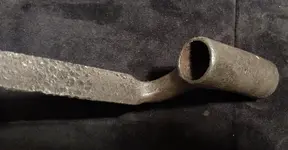
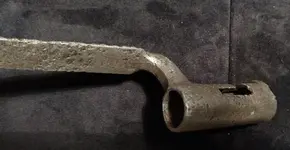
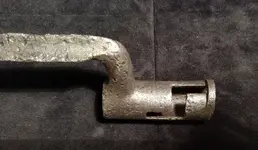
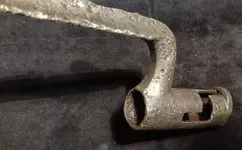
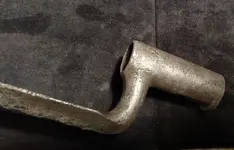
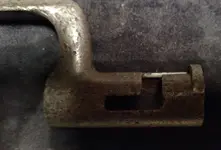
Stamped "111"?
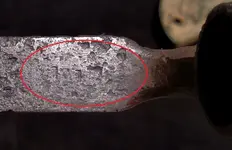
Stamped "17" with maybe some numbers after it?
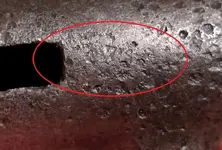
The crown piece over the socket opening was brazed on. You can actually see the yellow colored metal that joined the two pieces.
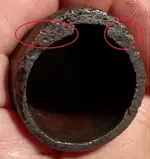
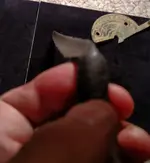
Thank you everyone in advance. I can't wait to find out what this went to. I've been searching all over and cant find anything with the same style and dimensions.
My original post from yesterday with the full story is here http://www.treasurenet.com/forums/t...olonial-shoe-buckle-bayonet-1819-lc-more.html
It just came out of electrolysis... any ideas on what this might be?
Here are all the measurements. If anyone needs any other shots\angles let me know.













Stamped "111"?

Stamped "17" with maybe some numbers after it?

The crown piece over the socket opening was brazed on. You can actually see the yellow colored metal that joined the two pieces.


Thank you everyone in advance. I can't wait to find out what this went to. I've been searching all over and cant find anything with the same style and dimensions.




